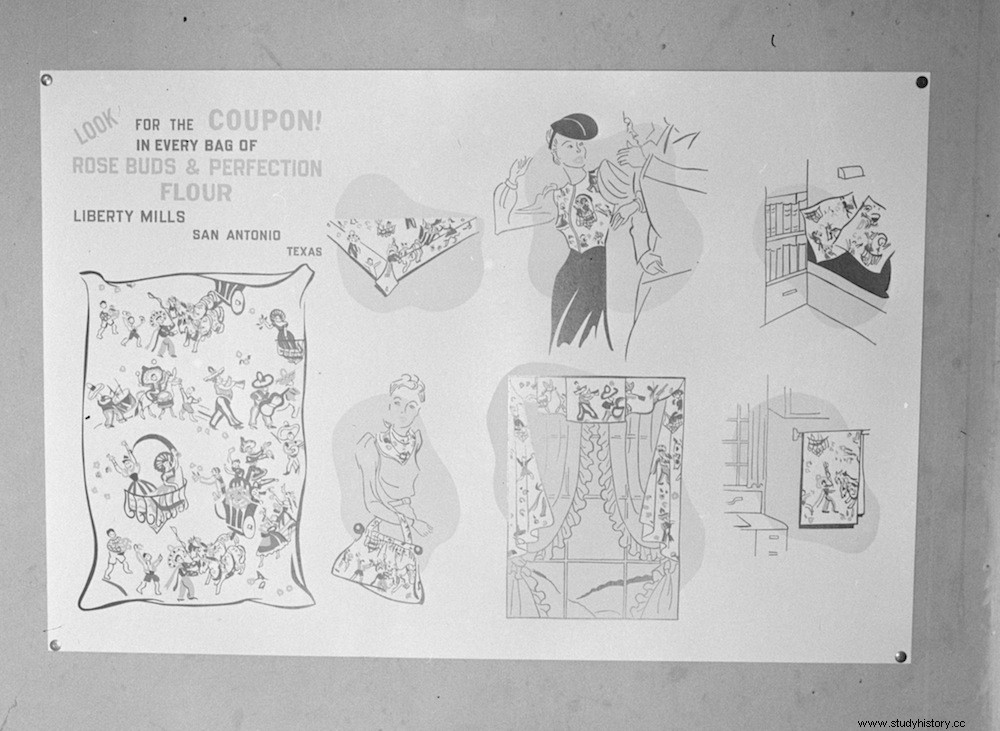After the First World War, a new world order was established, with the United States as a military and economic potential. The US became the world's largest producer and exporter. The profits obtained from abroad increased day by day, and Wall Street decided to turn its policy around and invest in the internal market (the collapsed European market could no longer absorb all the production). This economic injection increased the price of shares listed on the stock market. Profits increased disproportionately and nobody wanted to be left out. All the savings of the middle class went to Wall Street, the banks granted loans to buy shares, someone even said:
All Americans can get rich on the Stock Market
The Federal Reserve warned the banks to control the debt, but they did not listen. Everything was rosy and nobody wanted to put the brakes on. Speculation drove stocks up until the bubble burst on October 24, 1929 (Black Thursday ). Millions of orders to sell shares were given but no one could buy them anymore, panic spread and the stock market crashed (Black Monday and Tuesday ). People went to the banks to recover their savings but there was no money (it was invested in stocks and loans). The banks were falling like a house of cards. Businesses began to close and unemployment spread across the country. Those were the years of the so-called Great Depression, whose images are not easily recognizable...


These were times when basic necessities became luxury items and where Einstein's maxim -«in times of crisis, only imagination is more important than knowledge «- became an inseparable companion. Imagination to get food, coal, shoes... and clothes. And with regard to clothing, following a practice that is not at all extraordinary in the rural world where everything is used, the mothers of the cities began to turn sacks of flour or feed into dresses for their daughters. With a pair of scissors and some sewing, those rough jackets became the girls' only clothing.

Some producers of flour, feed or seeds, when they found out about that situation, decided to add a little color and comfort to those improvised dresses. So, they put aside the old bags and began to market their products in new bags made of cotton fabrics with different patterns and colors.


Over time, that altruistic practice became a business:those dresses served to promote their products and, in addition, the bags were designed in such a way that their brand or logo was visible. They organized parades and were in charge of popularizing fashion feedsacks making it extensible to curtains, bags, cushion covers... and even underwear. Some vendors of these products said that men no longer came to buy, but women and that, in addition, they chose according to the designs of the bags.


Dresses and curtains made from flour sacks (1939)
In the 1950s, paper sacks began to be used, which were much cheaper than cotton, and the decline of those patterned and functional fabrics began.
Source:Feedsack of Depression
